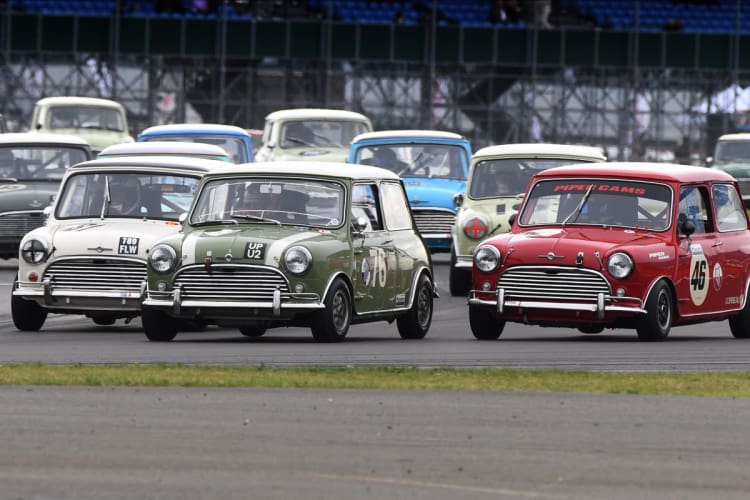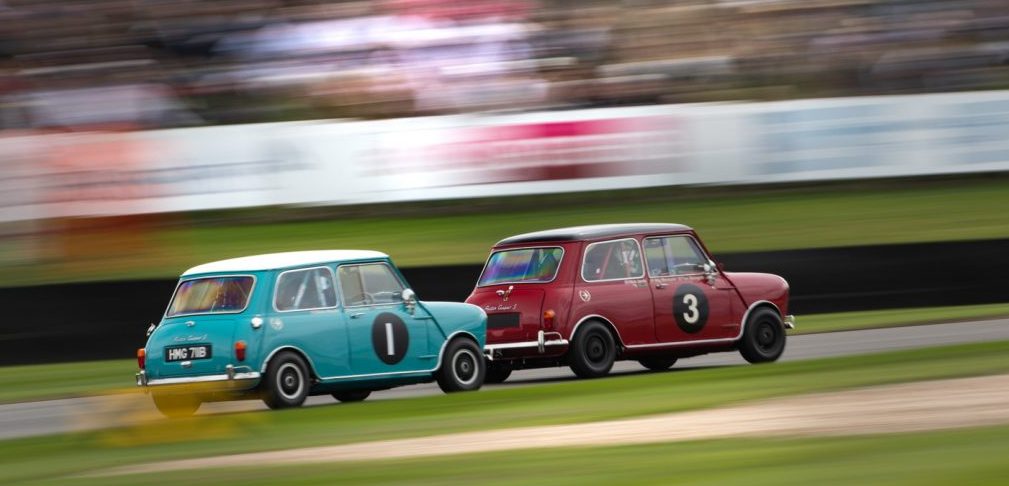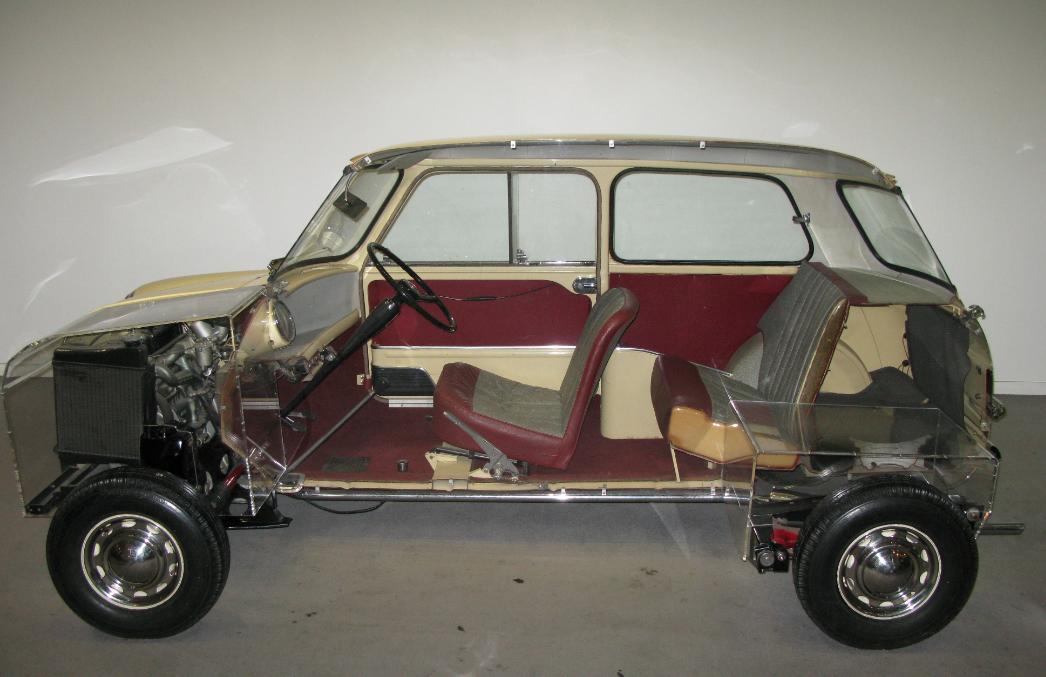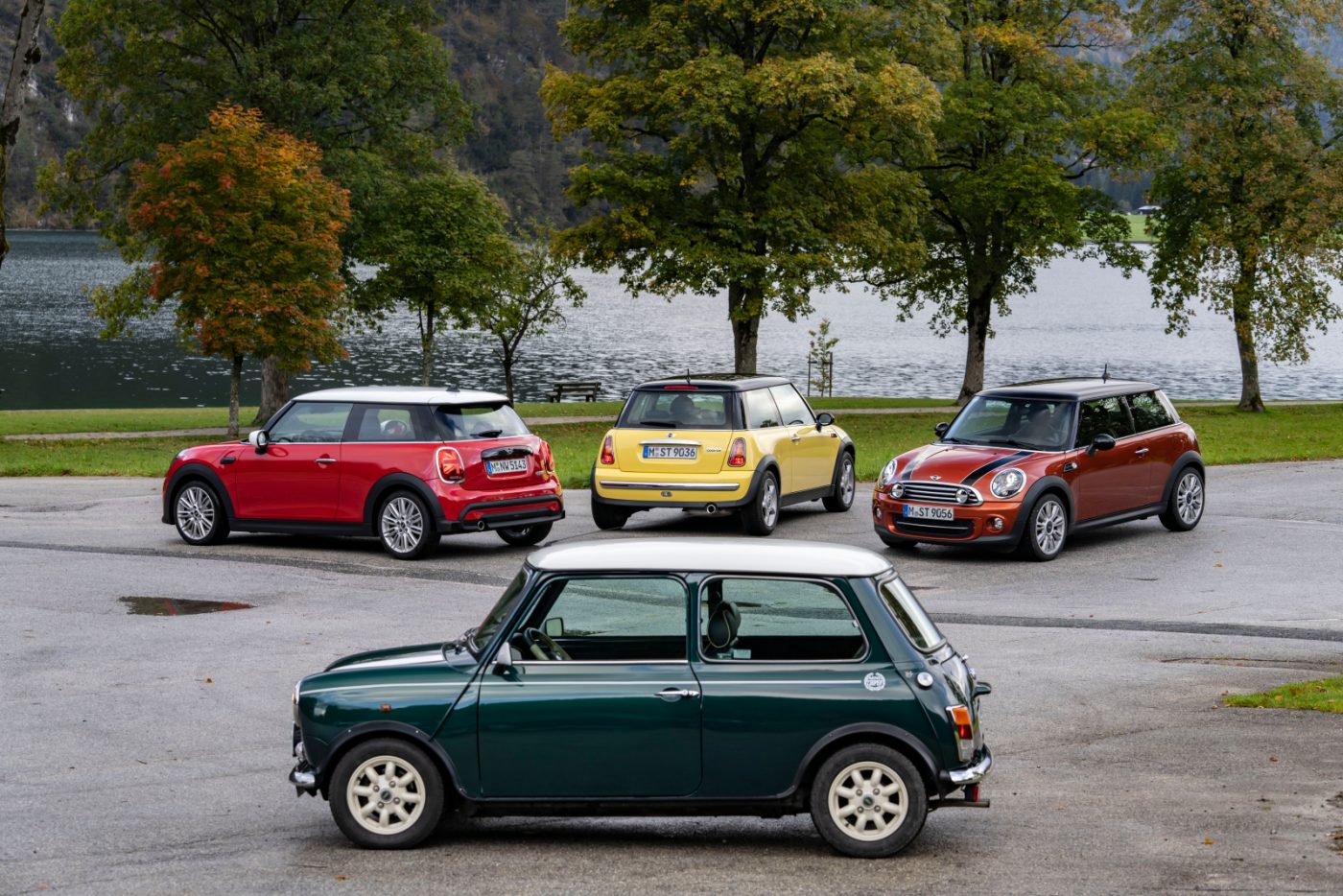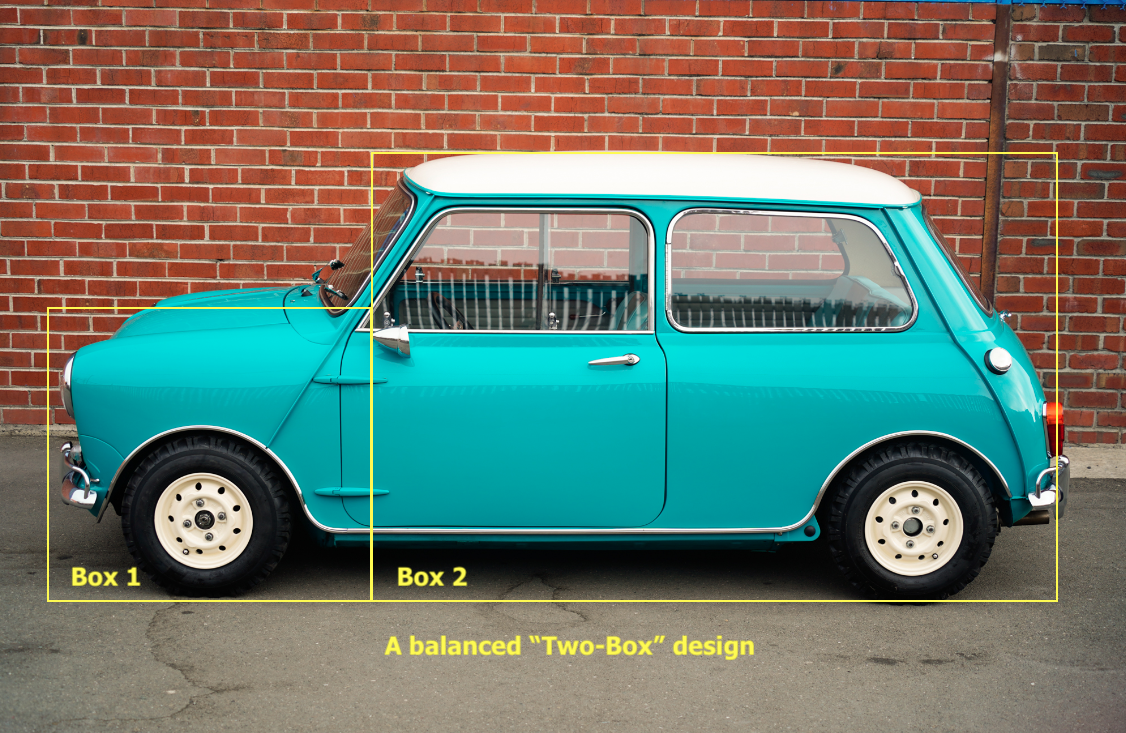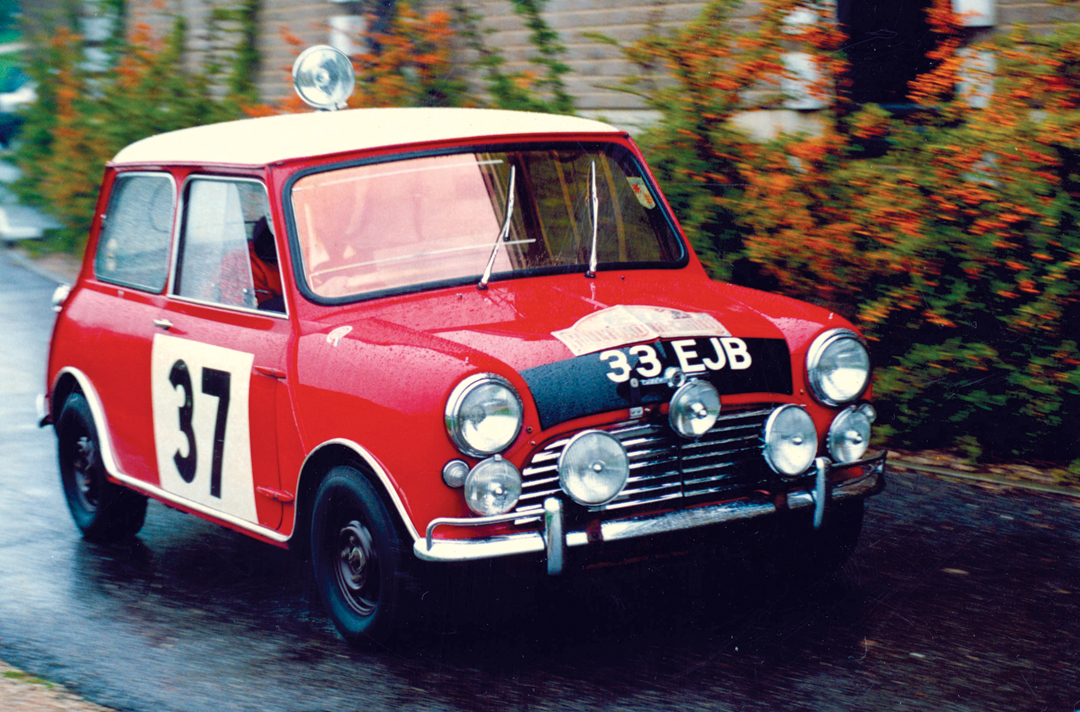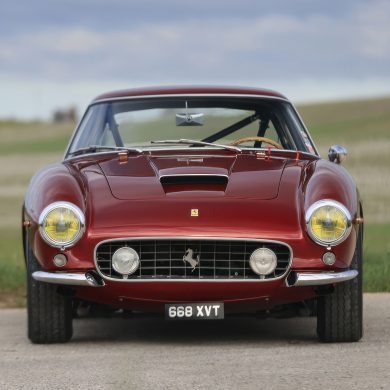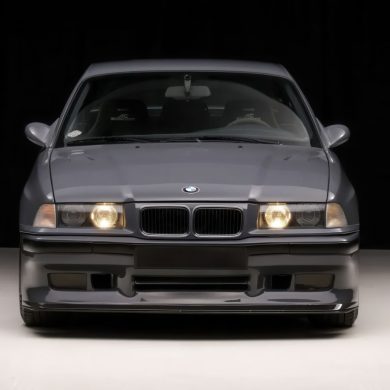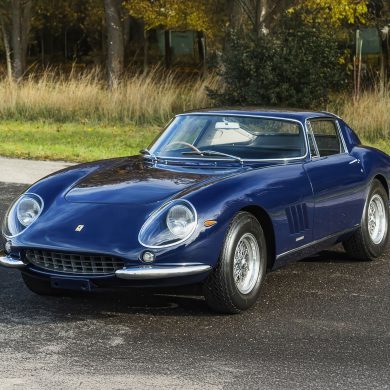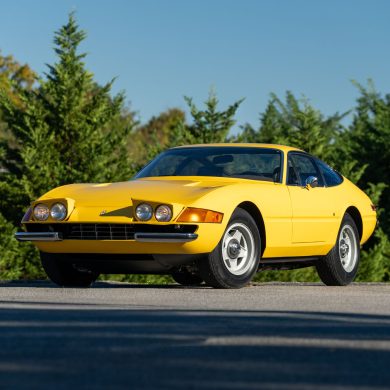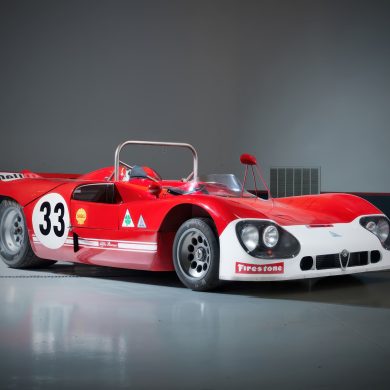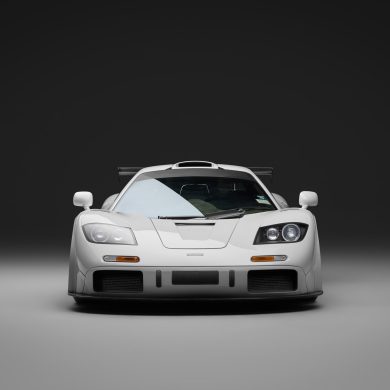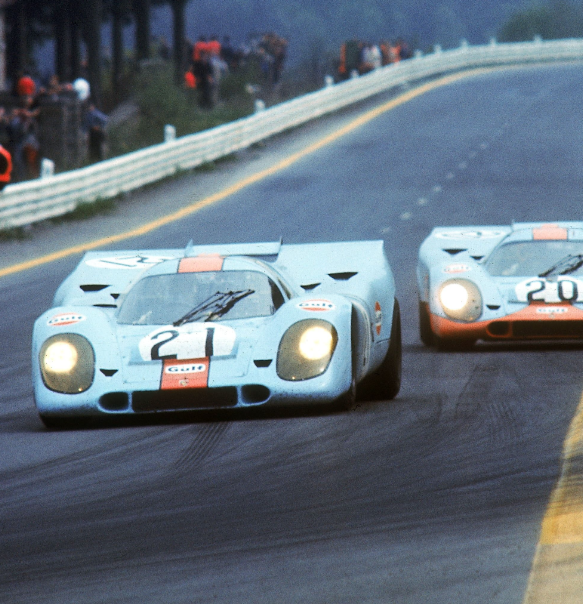It’s tough being British. The lackluster cuisine and stoic monarchy don’t help. Though they did give us the Beatles, Fish and Chips, and the James Bond franchise. For the most part, it’s rare to get a British moment of passionate engagement, especially for the average person. But there is one enduring and charming artifact of British history that remains one of the most exceptional designs ever conceived – the Mini.
The Mini was one of the most important and revolutionary designs of the 20th century. Penned by Sir Alec Issigonis, the front engine, front drive Mini was a marvel of simplicity and economical value. The mini endeared itself to thrifty Brits and Europeans as a worthy steed capable of hauling four people in relative comfort. Initially created to deal with rising fuel costs, the cheap and lovable Mini became the ideal host for performance enhancements fueled by eager youth, proving that even mild modifications would elevate the car to a capable sport level. With its low stance and wide footing, the Mini proved to be a potent little vehicle in both handling and performance categories.
The 1275 cc Mini Cooper S answered this calling from the factory, delivering a boosted performance package to those who wanted a bit more sport in their Mini. Rare today, as so many were often used up in racing, original early series Cooper S cars are sought after today by collectors and enthusiasts for the same reasons they were loved when new.
Serving both the frugal and sporty sides of the purchasing public, the Mini could be ordered in a wide range of trim and configurations including delivery wagons with rear opening barn doors.
Impossibly small and stout, the small wheel and tire combination allowed for efficient packaging for four adults by pushing nearly all the mechanical mass forward of the cowl and leaned into the centerline of the front wheels. Minis were not only good on gas consumption, but they were also cheap to repair.
Moderately used ones could be scooped up by young drivers eager to escape the plight of rain-soaked scootering or doldrums of the Metro.
The Mini sold quite well in a range of brands and configurations including the Italian Innocenti, Mini Moke, Estate, and both Morris and Auston branded variants.
Though the earlier Morris Minor concept was already in place when the Mini came along, the fresh but modern approach to the Mini made the Morris Minor appear immediately dowdy.
Even as the 2001 redesigned BMW Mini offered a fresh approach reflective of the initial concept, the original Mini, now more than 60 years old, is still as captivating and fresh as it was when first released.
Until you’ve seen an original Mini on the street, you really can’t fully appreciate just how small these cars truly are. Like the original, the newBMW Mini isavailable in a range of versions including a small SUV based variant that when parked next to the original Mini Cooper, positions the top of the tires at the crown of the front fender of the original Mini. A visual scenario recalling comparisons between the Incredible Hulk and David Banner.
The impressive original Mini’s deceptively spacious packaging was achieved by placing four adult passengers low in the cabin space, moved further forward into the cowl of the forward compartment. Front drive also eliminated a central driveshaft which made the passenger compartment feel even more spacious.
With the engine positioned so far forward, seating for four could be accomplished without rear passengers pressing knees to their chest. Importantly, the upper glass area consisted of large glass panels and thin structural posts surrounding the entire perimeter, giving the roof an almost floating feeling.
This effect was even further enhanced by lowering the belt line of the car to where it was almost at knee height to an average sized person standing curbside.
These two features made the height of the Mini seem deceptively low even though it was still quite tall and spacious for passengers, just 6” lower than the VW Beetle but surprisingly 2” taller than a 1965 Mustang. From the inside, the “two-box” layout and expansive glass reduced the often-claustrophobic effect that small cars created especially for the rear passengers.
The Mini delivered both an impressive visual footprint and a delightfully capacious interior, but it was the style and modernity of it that would ultimately capture the hearts of Brits and eventually a worldwide audience.
Captivating from every view, the face of the Mini achieves a clear and distinct “smile”, much like many cars of this era. The Mini, while capable of world-beating rally runs and race car handling wore a cherubic grin across the clean and simple grille, with the headlights positioned high in the fenders and the belt line traversing the perimeter without dips or fussy classic fender lines as seen in Jaguar, Rolls Royce, or Bentley designs.
The Mini was fashionably trim, effective, and sporty. Every bit of the visual charm was echoed in the frugality of the design including sliding glass, exposed hinges, minimal trim, and a sparse but effective interior. Anyone who owned a Mini chose it for the smartness of the design, but the practicality was almost an afterthought in the wake of the immediately classic modernist simplicity that carried the car far beyond its use as a practical vehicle.
Like many iconic cars of the past century the Mini ticked all the boxes. Though considered a classic today, the Mini continues to spark new generations of enthusiasts to embrace a beautifully simple appliance as a passionate and modern statement of economically enjoyable design.


